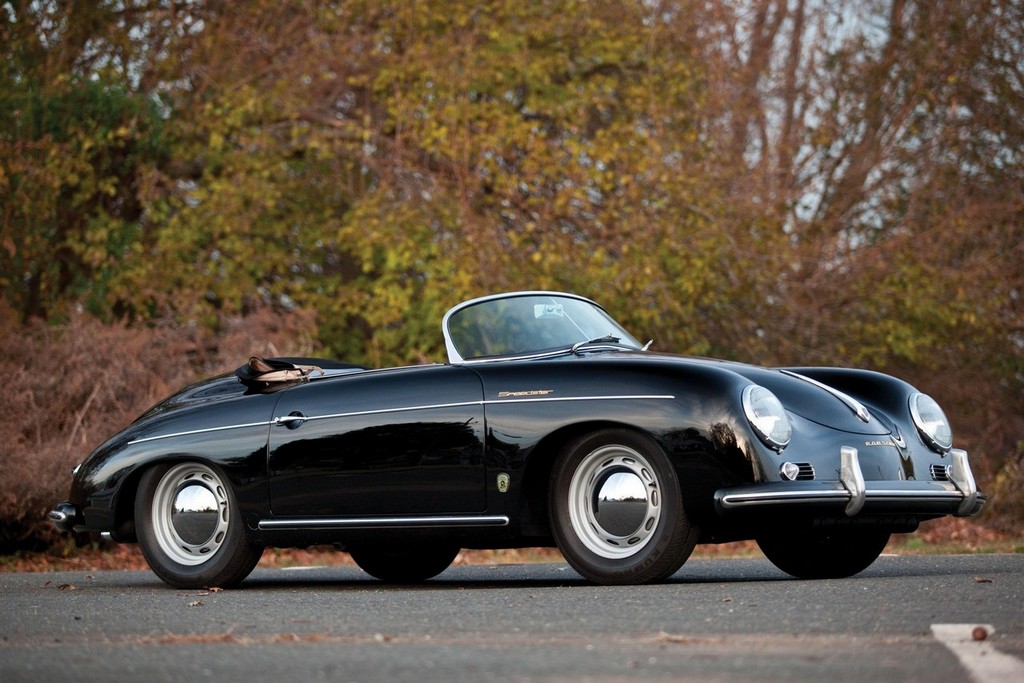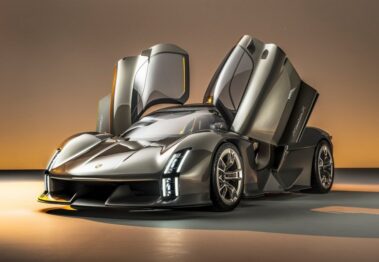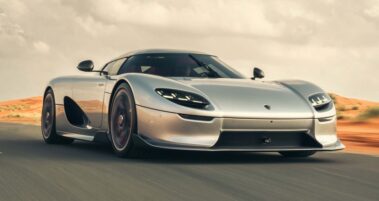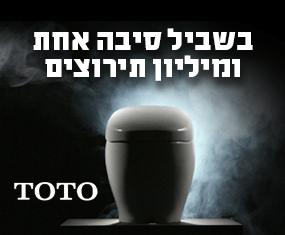Driving an Icon: The Porsche 356 Speedster
The iconic Porsche 356 Speedster was born from the vision of Max Hoffman, Porsche’s American importer and a savvy businessman who understood the appetite of post-war America for lightweight, open-top European sports cars. Hoffman spotted a gap in the market—drivers wanted fun, stylish sports cars that didn’t come with a jaw-dropping price tag.
The initial design was commissioned to Gläser, a German coachbuilder, using a simplified base chassis developed by Porsche. The result was the “America Roadster,” a car built specifically for this hungry new market. Later, another prominent coachbuilder, Reutter (acquired by Porsche in 1963), refined the design. They introduced the now-legendary high-sill “bathtub” body shape seen here—an aesthetic that would go on to become one of the most important and enduring in Porsche’s design history.
Under the rear deck lid, you’ll find a 1.5-liter air-cooled boxer engine—two horizontally opposed pistons on each side, breathing through twin dual-barrel carburetors. It produced just 70 horsepower, but what it lacked in brute force it made up for in soul. A 4-speed manual gearbox sent power to the rear wheels, while fully independent suspension at all four corners kept the lightweight chassis firmly connected to the road. Many of the mechanical underpinnings were derived from the Volkswagen Beetle—no surprise, given both were conceived by Ferdinand Porsche, and the 356 was brought to life by his son, Ferry Porsche.
Over time, the 356 line would become the foundation for what is arguably Porsche’s greatest legacy—the 911. To this day, the 911 remains true to the original formula: a rear-mounted, air-cooled (later water-cooled) flat engine, and a driving experience unlike any other.
Bottom line: You’re not just driving a car. You’re piloting a piece of motoring history.













